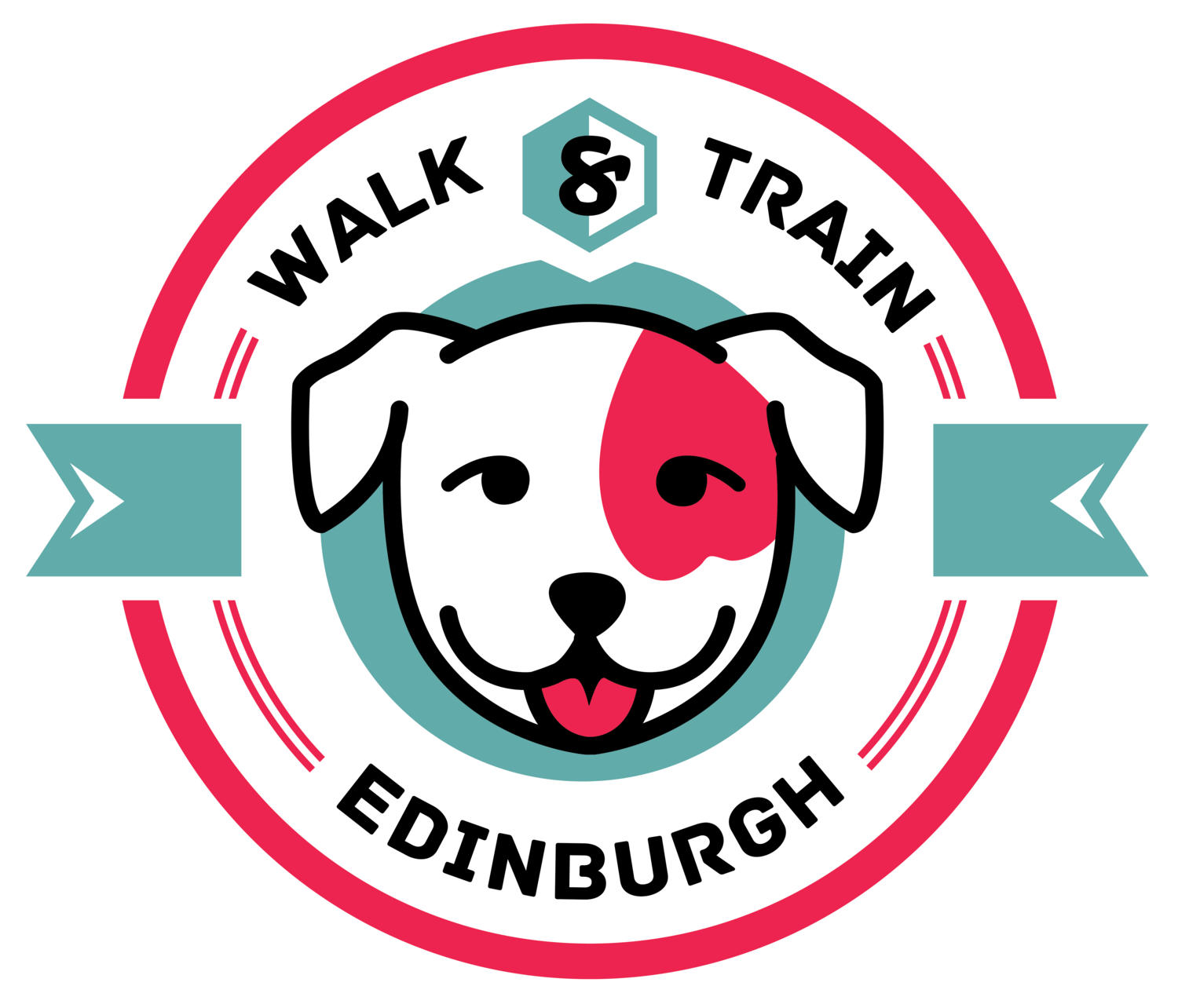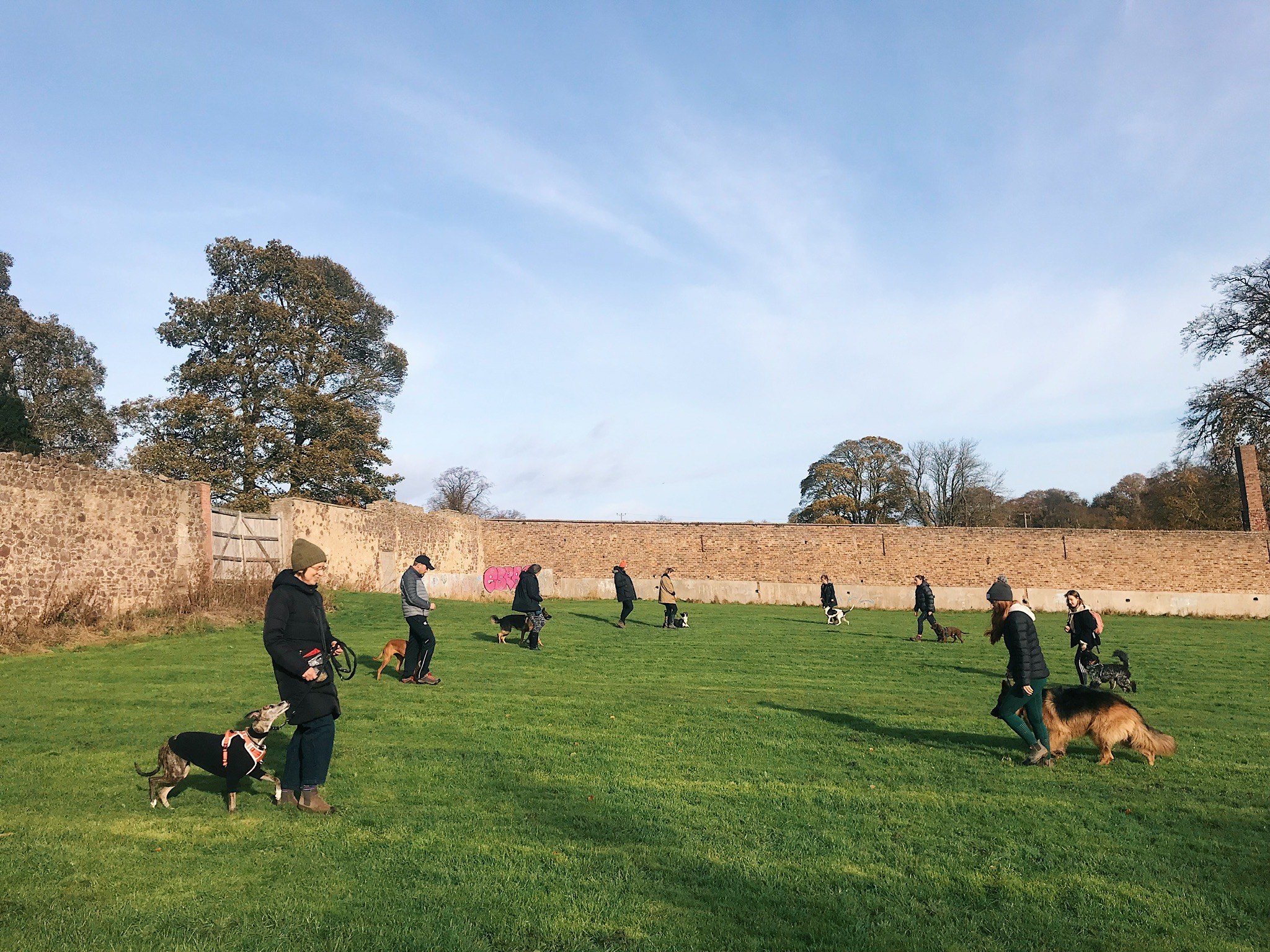Reasons You Are Not Progressing With Your Reactive Dog
A little while ago I made a video where I discussed the most common reasons dog owners are not making progress with their dog-reactive dogs. Reactivity towards other dogs is the most common issue we get contacted for. In many cases, the dog owners have already tried to change their dog’s behaviour, but have been unsuccessful. If you have a training plan and feel like you are putting in a lot of work with your dog but see little progress, these are some of the reasons why you might not be moving forward.
Identifying the Root Cause
The approach is not right for your dog because the root cause has not been correctly identified. Behaviour modification plans which work well for fearful dogs, such as counter conditioning and desensitization, are not always helpful if the dog’s reactivity is based on frustration. Similarly, if your training has been focused on building your dog’s frustration tolerance when your dog is in fact fearful, you might be struggling to see results. Quite often, when the correct root cause has been identified and some foundation exercises put in place (e.g. working on calmness for an overaroused dog, or confidence building for a nervous dog), the reactivity becomes much milder, making it easier to do specific practice around triggers. If you are struggling with your dog’s behaviour, my recommendation is that you get in touch with a trainer or behaviourist in your area who specialises in reactivity. This will save you so much time in the long run so that you don’t have to experiment your way to finding the right solution.
Timing
The timing of when you push your dog’s training forward is too early or too late. Another common reason many dog owners struggle to make consistent progress is that they either rush the process and expose the dog to too stressful situations too quickly, or that they wait too long with increasing the challenges on their daily walks. Learning is likely to involve some stress. However, it is key that this stress is mild and that the dog (and the owner) recover quickly. It is a fine balance between avoiding pushing things too fast, while still getting enough repetitions in. If the dog is overwhelmed during training, no learning will take place, and may even set your dog back. On the other hand, if you do not have the confidence or skills to work your dog through increasingly more difficult scenarios, your training will not move forward.
Goal Setting
If you are not making progress with your reactive dog, it may be because there are no clearly defined goals and no progression plan for how to reach those goals. Leading back to the previous point, the absence of a clear guide means you will struggle to determine the timing of the progression. It is also possible that the plan you are currently following does not align with your goal. Consider the following example. You struggle to walk your dog down the street on a short leash without them reacting to triggers in the environment. You would like for your dog to be able to be off leash in the park or to come along to a cafe, but your behaviour modification plan only covers the very first step towards this (such as avoiding triggers). This will result in you plateauing pretty quickly. It is important that you 1) clearly define what your goals are for your dog, 2) discuss with your behaviourist whether these goals are realistic for your dog and your situation, 3) ask your behaviourist to outline exactly which steps need to be taken to get you from where you are now, to where you want to be. When you are done, there should be no gaps in between you and your goal picture and you should know exactly what criteria to look for before moving on to each new step.
Expectations on the Self and on the Dog
The expectations you have on your dog’s progress and the work you are able to put in are not aligned. Sometimes, regardless of how good your plan is, the plan can be difficult to practically apply - there can be a big jump between theory and practice. Even if you know what you should be doing, you may be applying the training incorrectly. If you are unsure, I always advise that you book a follow up with your behaviourist to polish up your timing and handling. Keep the standards on yourself as high as those you have for your dog. Another common struggle is not having access to friends or family with dogs who can meet up and practice with you. In this case, you may have to reach out in a local dog group or ask your behaviourist to do some sessions with a stooge dog. Practising in uncontrolled environments (such as the park) early on in your training can be difficult. It can also be challenging to change your routine around to accommodate your dog’s training. I appreciate that people have a life outside of their dog and that dog training cannot always be the main priority. This is absolutely fine and just means that you may need to adjust your goals.
Consistency
Finally, there might be a lack of consistency in the dog’s lifestyle and how the dog is handled. On the one hand, if you jump back and forth between different approaches and techniques but don’t give any of them enough time to start being effective, you won’t get very far. On the other hand, if you are sticking to one approach, but feel like you are not getting results, you may be missing out on some of the details. A good way to rule this out is to go back and read the notes your behaviourist gave you after your consultation. Often, going back and looking through your hand outs or videos once you have started applying the training, will put them in a different light and a few new things may stand out to you. If you are sticking with your dog’s behaviour modification plan and applying it on a daily basis, but your dog gets walked or handled by other people, who do not possess the same skill set as you, this may be slowing your training down or even setting your dog’s behaviour back.
If you are struggling with your reactive dog, I hope that this list helped you identify things that may be slowing down your progression. Happy training!

